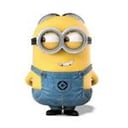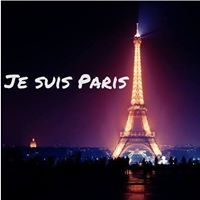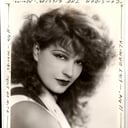In geometry, what is a tesseract?
A square has two dimensions, length and width. A cube adds a dimension, depth. A tesseract, in effect, adds a fourth dimension to the cube. A cube’s surface has six square faces. The tesseract’s “hypersurface” has eight cubical cells.
Scientists using complex geometry have an entire vocabulary of their own, so they can communicate in words with other scientists. Part of that language structure deals with the “dimensional family” of “measure polytopes” or “hypercubes”. The tesseract is the four-dimensional hypercube, or “4-cube”.
The word comes from the Greek term “téssereis aktines”, which means “four rays”. Charles Howard Hinton (1853 – 4/30/1907), a British mathematician and science fiction author, created the term for his 1888 book “A New Era of Thought”. He occasionally spelled the word “tesseract”.
In today’s geometry language, it is also called an 8-cell, a regular octachron, an octahedron, and a tetracube. Geometry scientists have established a group of six similar shapes called “convex regular 4-polytopes”. The tesseract is in this group.
The tesseract has caught the imagination of many thinkers, inside and outside science. In the “Marvel Universe” of stories, the tesseract, also called the “Cosmic Cube”, is a multi-dimensional object of immense power. In his painting “Crucifixion (Corpus Hypercubus)”, Salvador Dalí uses a tesseract unfolded to form a three-dimensional Latin cross.
More Info:
en.wikipedia.org






